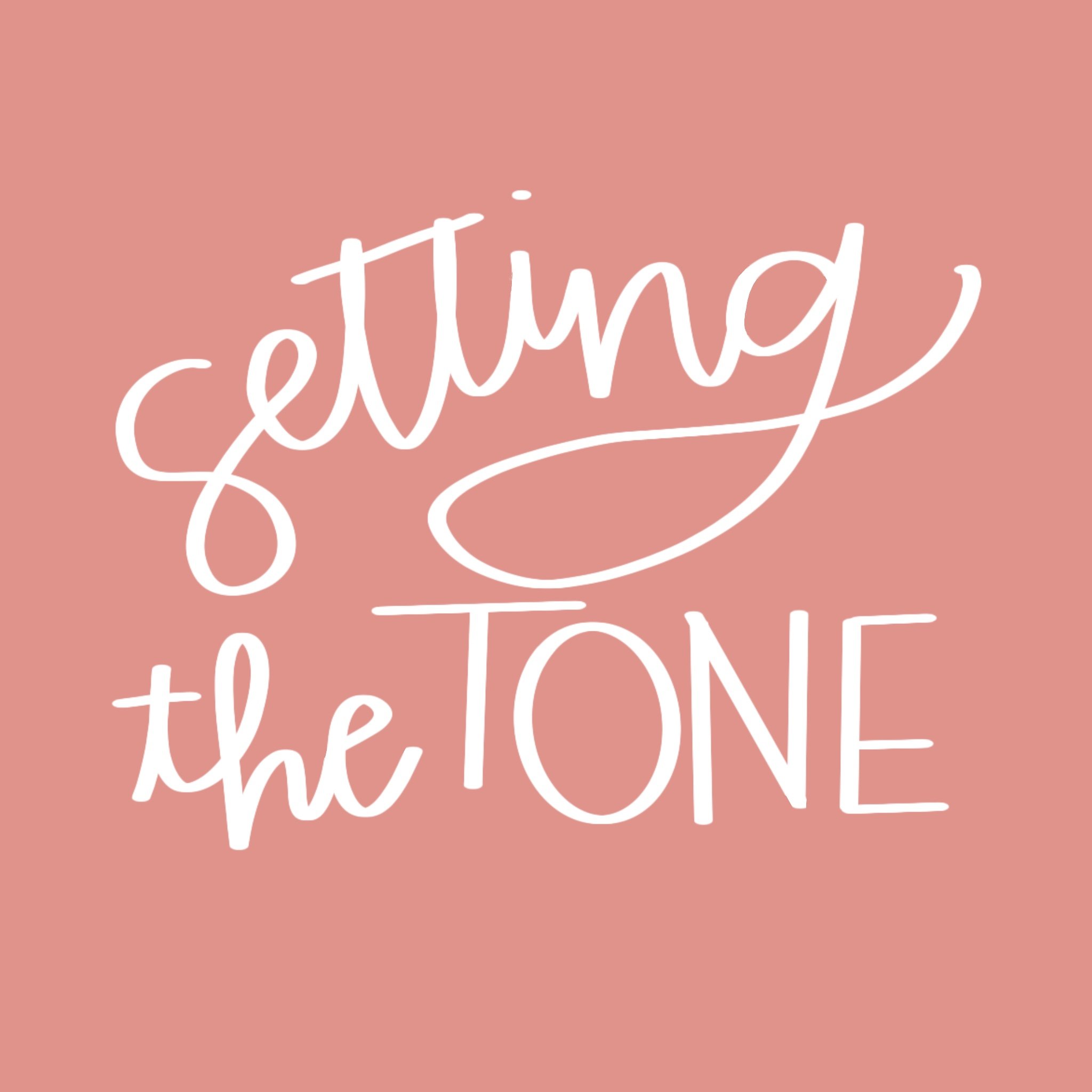What is the secret to students enjoying themselves?
“Illuminating” example of Integrated Units using lighthouses…
Have you ever wondered what teaching was like on the other side of the world?
Eye opening, that’s what.
My freshman year of college, I had the opportunity to spend a month living and teaching in a small town in England located near Bath. I shadowed a teacher named Mr. Darcy (swoon… and no that wasn’t his real name but… you know… privacy and all) in a Year 1 classroom (similar to Kindergarten in the states - see how cool I am? I called them “the states”).
While I have many stories to share (and trust me, share I will) including accidentally mocking a child’s British accent and being overheard by Mr. Darcy (cue anxious sweats just thinking about it), my number one takeaway was the biggest difference I noticed between schools I had worked at in America and this one.
Drumroll please… the kids and teachers were… enjoying themselves.
While there are a lot of factors and variables that my science-loving self would like to acknowledge while I attempt to compare apples to cucumbers, I truly think one of the biggest differences was that this particular school stacked learning through a process known as integrated units.
Integrated Units: The combination of different curricular areas under one common theme by a teacher (or school). At the school in England, the entire school was learning about seaside villages, specifically lighthouses.
So, what do lighthouses have to do with anything?
Well, the curriculum didn’t have a standard that said “understand and be able to label all parts of a lighthouse” but the lighthouse WAS a great subject to teach a lot of the other curriculum in a fun way and create a shared learning experience.
The hallways were covered with lighthouse collages, dioramas, photographs, and essays! Here is just a sampling of what was taught using the lighthouse in the Year 1 Classroom:
Science: Sources of light, shadows, and weather
Math: Measurement with height of the lighthouse and how height played into light projection and shadows
Writing: Students created fictional stories about what it would be like to live in a lighthouse and wrote acrostic poems
Social studies: History of lighthouses and how they have changed over time
Reading: Sequencing involving stories with lighthouses
All of those things were covered over two days, but the amazing thing was that the students didn’t even realize that they were moving into “math”. Instead, they were just continuing to learn about lighthouses!
Even more impressive was that the whole school had a shared learning space where siblings and grade-level buddies could have conversations to grow their thinking.
When I came back to America, I was pumped to change the whole face of education in the US. And then I had a college final to study for and… well… realized that is kind of a complicated task.
However, I did realize over the years that there were some ways I could bring integrated units into my classroom, even if I couldn’t change the entire education system.
For instance, every year in January, I liked to do a “Snow” unit. Here is how I tied it together:
It truly didn’t take very much extra work on my part, but it was so fascinating to watch how much more engaged students would be anytime I could integrate the curriculum under a common theme.
And isn’t that the goal of teaching?
Students and teachers enjoying and retaining new information?
Sounds like a worthwhile thing to me.





